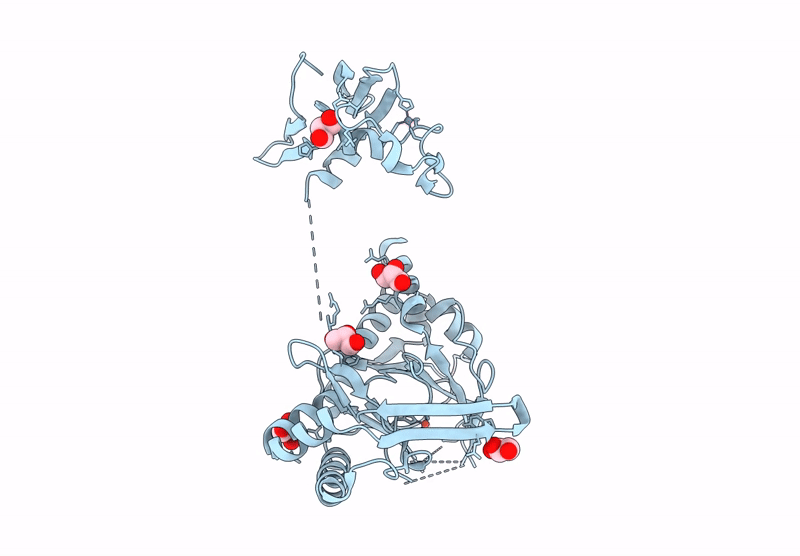
Deposition Date
2024-08-02
Release Date
2025-06-18
Last Version Date
2025-07-02
Entry Detail
PDB ID:
9J0J
Keywords:
Title:
The crystal structure of Fe/2OG-dependent oxygenase DfmD
Biological Source:
Source Organism:
Streptomyces lavendulae (Taxon ID: 1914)
Host Organism:
Method Details:
Experimental Method:
Resolution:
2.85 Å
R-Value Free:
0.22
R-Value Work:
0.18
R-Value Observed:
0.18
Space Group:
P 32 2 1


